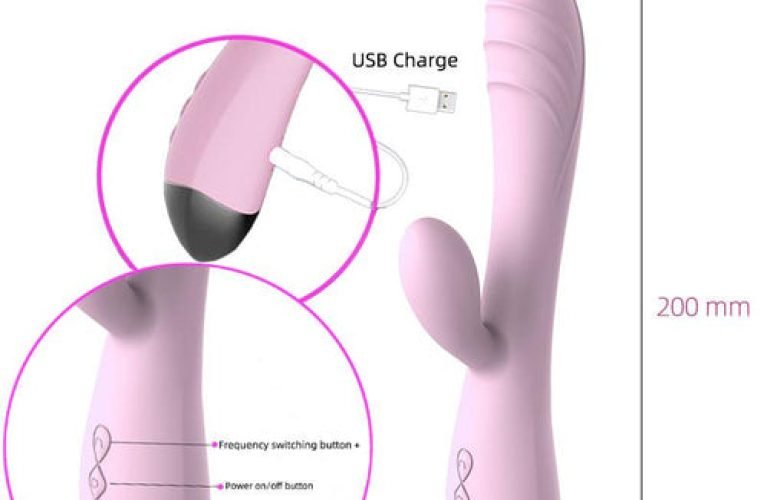As robots become increasingly prevalent in various industries, from manufacturing and logistics to healthcare and autonomous vehicles, the technology that powers their movement and decision-making is crucial. One of the key components in this technological advancement is navigation sensors. These sensors are integral to a robot’s ability to navigate its environment effectively and perform tasks with precision. Among these, magnetic navigation sensors are a notable innovation that enhances the capabilities of robotic systems. In this blog, we’ll delve into the role of robot navigation sensors and explore the specific benefits of magnetic navigation sensors.
Understanding Robot Navigation Sensors
Robot navigation sensors are devices that enable robots to understand and interpret their surroundings, allowing them to move accurately and efficiently. These sensors gather data about the robot’s environment and provide feedback to the robot’s control system. There are several types of navigation sensors, each serving a specific purpose:
- Ultrasonic Sensors: These sensors use sound waves to detect objects and measure distances. They are commonly used in obstacle detection and avoidance. By emitting ultrasonic pulses and measuring the time it takes for the echo to return, these sensors help robots navigate around obstacles and maintain a safe path.
- Lidar Sensors: Lidar (Light Detection and Ranging) sensors use laser beams to create detailed 3D maps of the environment. They are particularly useful in autonomous vehicles and robotics for precise mapping and obstacle detection. Lidar sensors provide high-resolution data, allowing robots to navigate complex environments with accuracy.
- Camera Systems: Cameras and computer vision technology are employed for visual navigation. These systems analyze images captured by the camera to detect and recognize objects, track movement, and understand spatial relationships. They are essential for applications requiring detailed environmental analysis and interaction.
- Inertial Measurement Units (IMUs): IMUs measure a robot’s acceleration, velocity, and orientation using accelerometers and gyroscopes. They provide data on the robot’s movement and help maintain stability, especially in dynamic or uneven environments.
- Magnetic Navigation Sensors: These sensors are specialized tools that detect magnetic fields to aid in navigation. They offer unique advantages in various robotic applications, which we’ll explore in more detail below.
The Role of Magnetic Navigation Sensors
Magnetic navigation sensors, also known as magnetometers, detect the Earth’s magnetic field and other magnetic sources to assist in navigation and orientation. Here’s how these sensors enhance robotic systems:
- Compass Functionality: Magnetic navigation sensors function as digital compasses, providing robots with directional information relative to the Earth’s magnetic north. This capability is crucial for autonomous navigation, especially in outdoor or large-scale environments where GPS may be unreliable or unavailable.
- Enhanced Localization: By integrating magnetic navigation sensors with other navigation technologies, robots can achieve more accurate localization. These sensors help correct deviations in navigation paths, improve positioning accuracy, and compensate for drift, ensuring the robot stays on course.
- Reduced Dependence on GPS: In environments where GPS signals are weak or obstructed, such as indoors or in densely built areas, magnetic navigation sensors offer a reliable alternative. They help robots navigate effectively without relying solely on GPS, which is essential for applications in challenging or inaccessible locations.
- Obstacle Detection and Avoidance: Magnetic navigation sensors can be used in conjunction with other sensors to enhance obstacle detection and avoidance. By understanding the magnetic signatures of obstacles, robots can make informed decisions about navigating around them.
- Environmental Mapping: Magnetic navigation sensors contribute to environmental mapping by detecting variations in the magnetic field. This capability allows robots to create maps of their surroundings based on magnetic data, which can be useful for indoor navigation and exploration.
Applications of Magnetic Navigation Sensors in Robotics
Magnetic navigation sensors are employed in various robotic applications due to their unique advantages. Here are some notable use cases:
- Autonomous Vehicles: In autonomous vehicles, magnetic navigation sensors complement GPS and other sensors to improve navigation accuracy. They help vehicles maintain their heading, correct course deviations, and navigate through complex environments where GPS signals might be obstructed.
- Indoor Robotics: Robots operating indoors, such as warehouse robots or service robots, benefit from magnetic navigation sensors. These sensors provide accurate positioning and orientation data in environments where GPS is not available, ensuring smooth and efficient operation.
- Marine Robotics: Underwater robots and autonomous surface vehicles use magnetic navigation sensors to navigate in environments where GPS is ineffective. These sensors help maintain orientation and track movement in marine environments, contributing to successful missions and operations.
- Exploration and Surveying: Robots used for exploration and surveying tasks, such as geological surveys or archaeological digs, utilize magnetic navigation sensors to map and navigate their surroundings. These sensors aid in creating detailed maps and ensuring accurate data collection.
- Industrial Automation: In industrial settings, magnetic navigation sensors are used in automated systems for tasks such as material handling and assembly. They enhance navigation precision, reduce errors, and improve overall efficiency in manufacturing processes.
Future Trends in Magnetic Navigation Sensors
As technology advances, magnetic navigation sensors are expected to evolve further. Here are some trends to watch for:
- Integration with AI and Machine Learning: Future magnetic navigation sensors will likely incorporate artificial intelligence and machine learning algorithms to enhance their capabilities. These advancements will enable more sophisticated data analysis, improved navigation accuracy, and better decision-making.
- Miniaturization and Cost Reduction: Ongoing developments aim to make magnetic navigation sensors smaller, more affordable, and more accessible. This trend will facilitate their adoption in a broader range of applications and devices.
- Enhanced Sensitivity and Accuracy: Advances in sensor technology will lead to improved sensitivity and accuracy in magnetic navigation sensors. This will enhance their performance in detecting subtle magnetic variations and provide more precise navigation data.
- Integration with Multi-Sensor Systems: Future robotic systems will likely integrate magnetic navigation sensors with other types of sensors to create more robust and versatile navigation solutions. This integration will provide a comprehensive approach to navigation and environmental understanding.
Conclusion
Magnetic navigation sensors play a pivotal role in modern robotics, offering unique advantages for navigation, localization, and environmental mapping. By providing accurate directional information and complementing other navigation technologies, these sensors enhance the capabilities of robotic systems across various applications. As technology continues to advance, magnetic navigation sensor will become even more integral to the future of robotics, driving innovation and improving performance in diverse fields. Embracing these advancements ensures that robots can navigate their environments with greater precision and efficiency, paving the way for exciting developments in the world of robotics.










